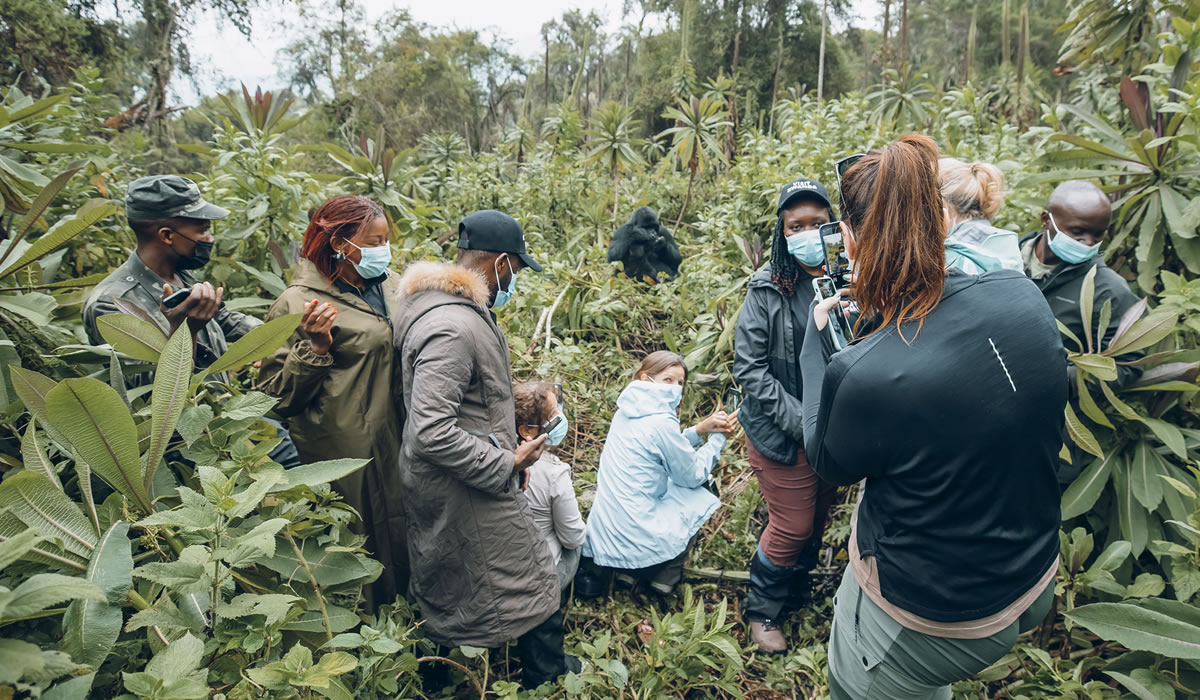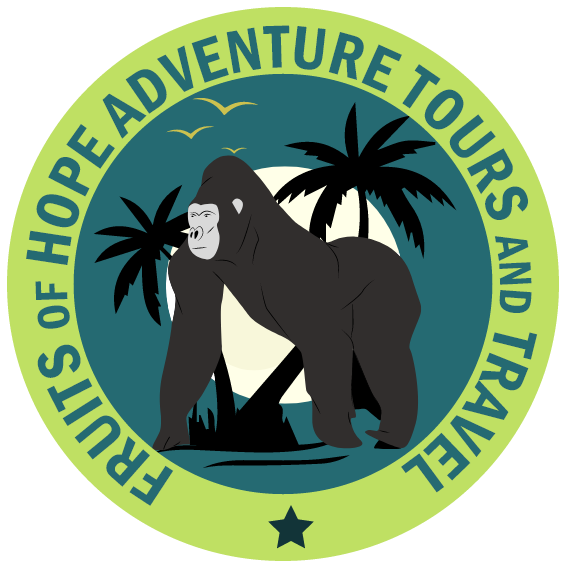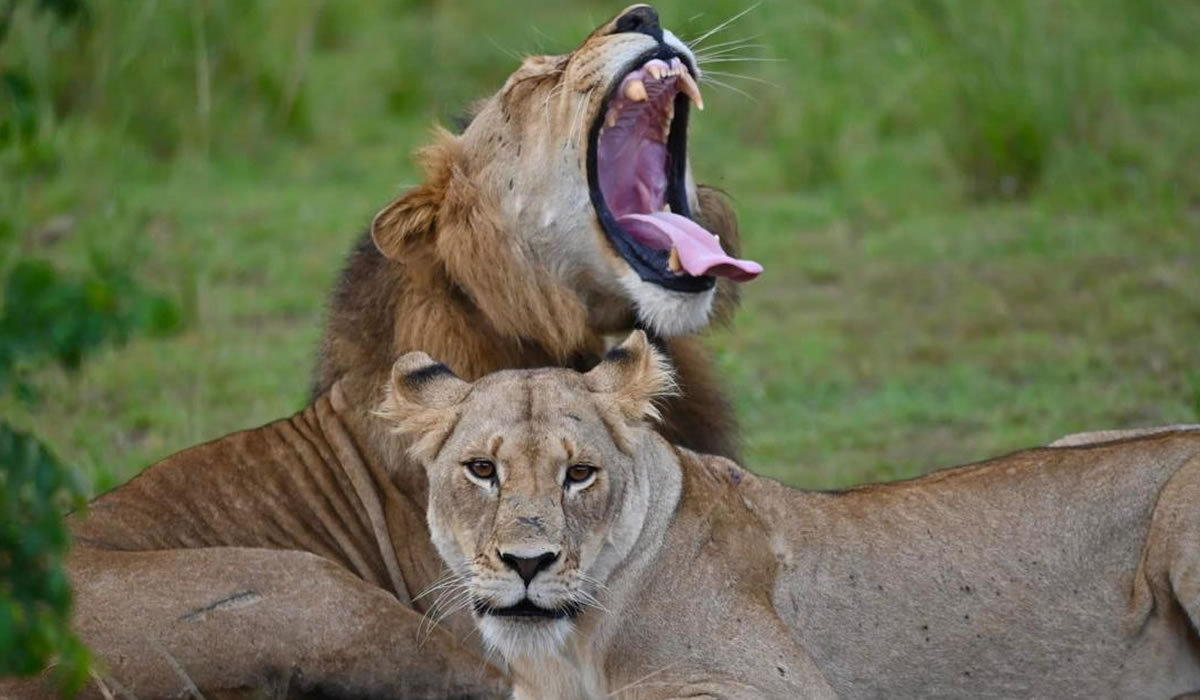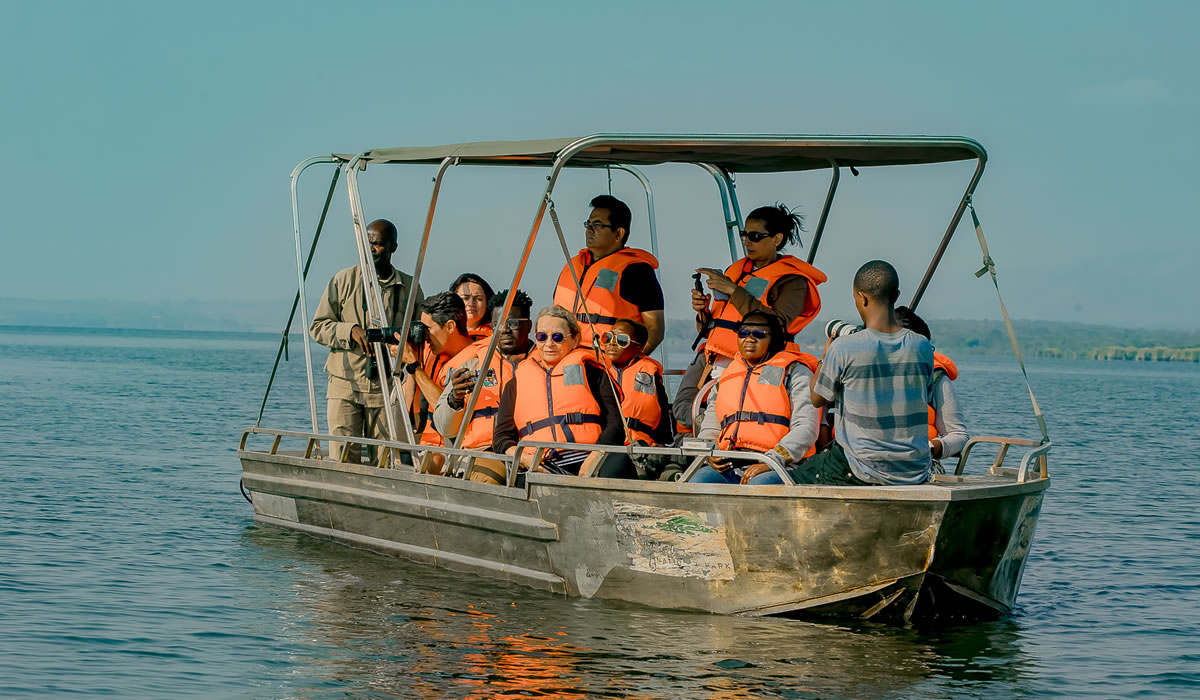Akagera National Park, located in the eastern part of Rwanda, is a haven for wildlife…

Packing List for a Gorilla Trekking Safari in Rwanda
Gorilla trekking in Rwanda is one of the most awe-inspiring wildlife experiences you can have in Africa. Nestled in the misty mountains of Volcanoes National Park, this adventure allows you to come face to face with the endangered mountain gorillas in their natural habitat. While the experience itself is unforgettable, proper preparation is essential to ensure you enjoy your trek comfortably and safely. Knowing what to pack for your gorilla trekking safari in Rwanda will help you avoid discomfort and get the most out of this once-in-a-lifetime experience. In this guide, we will walk you through the essential Packing List for a Gorilla Trekking Safari in Rwanda, keeping in mind the country’s weather, terrain and park regulations.
Rwanda’s mountainous terrain, dense rainforests and variable weather make gorilla trekking both physically demanding and unpredictable. Therefore, packing the right gear and clothing is not just a matter of comfort but also contributes to your safety, environmental conservation and overall trekking success.
Clothing Essentials for Gorilla Trekking
When trekking through the rainforest, your clothing should offer protection, breathability and flexibility. The vegetation in Volcanoes National Park is thick, wet and at times thorny. Additionally, early morning temperatures can be quite cold, but as the sun rises, it quickly warms up.
Long-sleeved shirts and trousers are a must. Not only do they protect your skin from thorny bushes and insect bites, but they also help regulate your body temperature. Choose lightweight, moisture-wicking and quick-drying fabrics. Avoid bright colours that can distract or stress the gorillas. Stick to neutral earth tones like olive green, khaki, brown or dark gray to blend in with the environment.
A waterproof jacket or raincoat is crucial. Even during the dry season, it’s not uncommon for sudden rain showers to occur in the forest. Look for a breathable but water-resistant jacket that can be layered over your clothing.
Sturdy hiking boots with good ankle support and a strong grip are non-negotiable. The terrain in Volcanoes National Park is steep, muddy and uneven. A quality pair of waterproof hiking boots will help you navigate the slopes with confidence and comfort. Make sure they are broken in before your trip to avoid blisters or foot pain.
Gaiters can be extremely useful, especially during the rainy season. They protect the lower part of your trousers and boots from mud, thorns and insects. They also help prevent small stones or debris from getting into your boots.
A wide-brimmed hat or cap and sunglasses are helpful for sunny days, especially when you’re trekking through open areas or during breaks outside the forest. However, ensure your sunglasses are securely fitting as you may move quickly or bend down during the trek.
Warm layers are recommended, especially for early morning starts. Fleece jackets or thermal layers can keep you warm before the trek begins, and you can always take them off as the temperature rises.
Gear and Equipment for the Trek
Besides the right clothing, packing the correct equipment will enhance your gorilla trekking experience. Your gear should be functional, lightweight and durable, as you may be walking for several hours depending on the location of the gorilla family.
A small daypack or backpack is essential for carrying your water, snacks, camera and other small items. Choose a waterproof or rain-covered backpack to protect your gear from rain. A backpack with padded straps and compartments will be more comfortable during long treks.
A refillable water bottle or hydration bladder is necessary to stay hydrated. Trekking at high altitudes can be exhausting, and it’s important to drink plenty of water throughout the hike. Aim to carry at least 2 liters of water per person.
Energy snacks or protein bars are useful for maintaining energy during the trek. While the trek includes breaks, you won’t find any food vendors inside the park. Snacks like trail mix, dried fruit or granola bars are compact and high in energy.
A good pair of gloves might not be the first thing you think of, but they can be incredibly helpful. You’ll likely be grabbing onto branches or using your hands for support on steep slopes. Garden gloves or trekking gloves with grip protection will keep your hands safe from thorns, insects and mud.
A walking stick or trekking pole can provide extra stability, especially on steep or slippery paths. While many guides or porters will offer wooden sticks at the park headquarters, you can bring your own collapsible trekking pole if you prefer a more adjustable option.
Binoculars can enhance your overall wildlife experience. While gorillas are the main attraction, you might also spot golden monkeys, birds and other forest creatures. A compact pair of binoculars is great for observing animals without disturbing them.
A camera or smartphone with a good zoom lens will help you capture memories of your trek, but remember that flash photography is strictly prohibited when photographing gorillas. Be respectful and keep noise to a minimum when near the gorillas. Also, ensure your battery is fully charged and bring a spare memory card.
Health and Safety Essentials
Your health and safety should be a top priority when preparing for your gorilla trekking safari in Rwanda. The high-altitude forest can be physically demanding, and being prepared will make your experience safer and more enjoyable.
Insect repellent with DEET or another strong ingredient is essential. The rainforest is home to various insects, including mosquitoes. Protect yourself by applying repellent on your exposed skin before the trek.
Sunscreen is important even in the forest. You might be trekking in areas with sparse tree cover or resting in sunny spots, so apply a high-SPF, sweat-resistant sunscreen before heading out.
A basic first-aid kit should include plasters, antiseptic wipes, antihistamines, painkillers, and any personal medication. While your guide may carry a first-aid kit, it’s wise to have your own, especially for small scrapes or blisters.
Hand sanitizer or disinfecting wipes can come in handy, especially when eating or handling gear after touching muddy surfaces or plants.
If you are prone to altitude sickness, altitude tablets or motion sickness remedies might be helpful. Volcanoes National Park sits at elevations between 2,500 and 4,000 meters, which can cause shortness of breath or light-headedness for some travelers.
Optional but Useful Items
Some additional items can make your trek more convenient or comfortable, depending on your personal preferences.
Ponchos or rain covers for your gear are useful for protecting your backpack or camera equipment during sudden showers. A disposable poncho is lightweight and easy to pack.
Wet wipes or biodegradable tissue paper can be useful for freshening up after the trek or in case of emergencies. Keep them in a resealable plastic bag for easy access.
Plastic or dry bags are great for keeping your electronics or documents dry inside your backpack. Even waterproof backpacks can leak, so an added layer of protection is smart.
A power bank for your phone or camera will ensure you don’t run out of battery before you capture the best moments. The trek can last anywhere between 2 to 8 hours, so battery life is essential.
Tipping money in small denominations is recommended. Porters, guides and trackers often go above and beyond to make your trek successful, and tipping is a great way to show appreciation.
Final Tips on Packing for Gorilla Trekking in Rwanda
Before heading to Rwanda, it’s important to remember that gorilla trekking permits are required and should be booked well in advance through the Rwanda Development Board or a trusted tour operator. Permits cost $1500 per person and include park entry, guide services and one hour of gorilla observation.
Hiring a porter is highly recommended, even if you’re fit. Porters can carry your bag, help you navigate tough terrain and provide support throughout the trek. This not only makes your experience more enjoyable but also supports the local community.
Keep in mind that Volcanoes National Park is located in a high-altitude area, and fitness preparation is beneficial. Doing some light cardio or hiking before your trip can help you manage the trek more comfortably.
In conclusion, this Packing List for a Gorilla Trekking Safari in Rwanda can make a big difference in how much you enjoy the experience. From proper clothing and sturdy footwear to essential gear and personal comfort items, being prepared will help you focus on the magical moment when you finally come face to face with the gentle giants of the forest. Rwanda offers one of the most ethical, safe and unforgettable wildlife experiences in the world. With the right gear and mindset, you’ll be ready to make the most of it.



